As the seasons change and the weather warms up, you may notice an influx of bird activity in your backyard or local park.
With over 400 species of birds that call New Jersey their home throughout the year, it can be overwhelming to identify which ones are the most common.
Whether you’re a seasoned bird-watcher or a beginner, understanding the behavior and characteristics of the birds in your area can be a fascinating and rewarding experience.
In this article, we’ll take a closer look at nine of the most common bird species you can spot in New Jersey, and learn more about their unique traits and habits.
Get ready to spread your wings and soar into the world of New Jersey’s vibrant birdlife.
| Image | Bird | Features | Price |
|---|---|---|---|
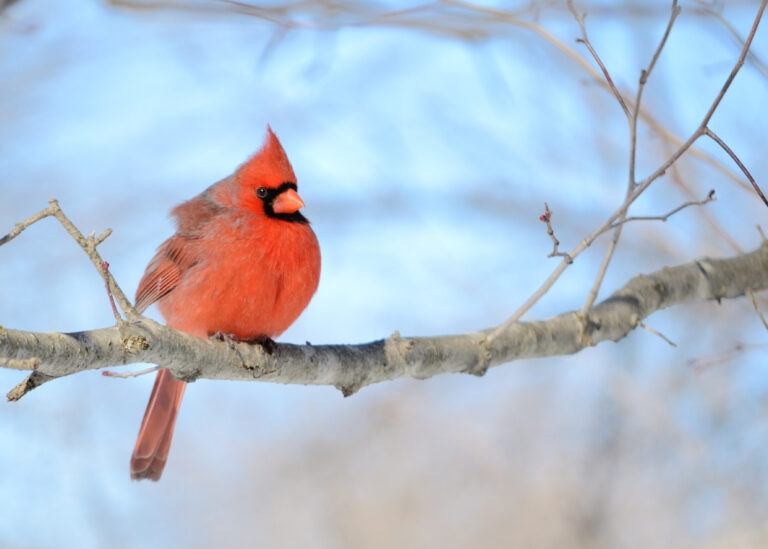 |
| 9.7 | Check Price |
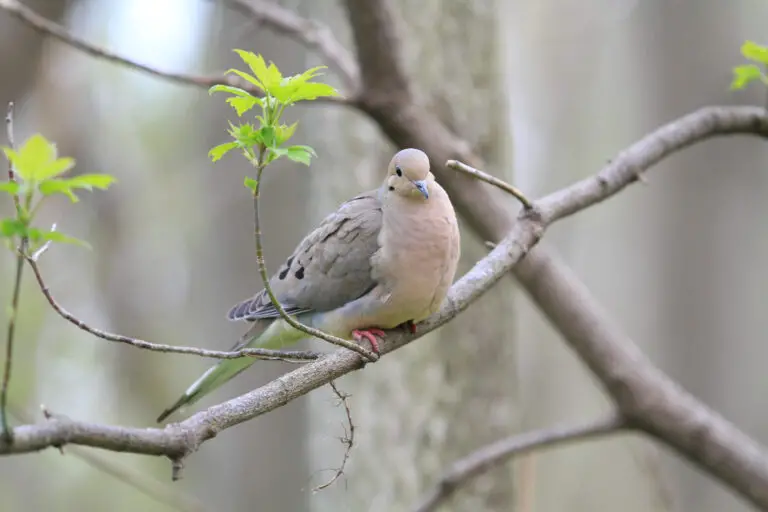 |
| 9.5 | Check Price |
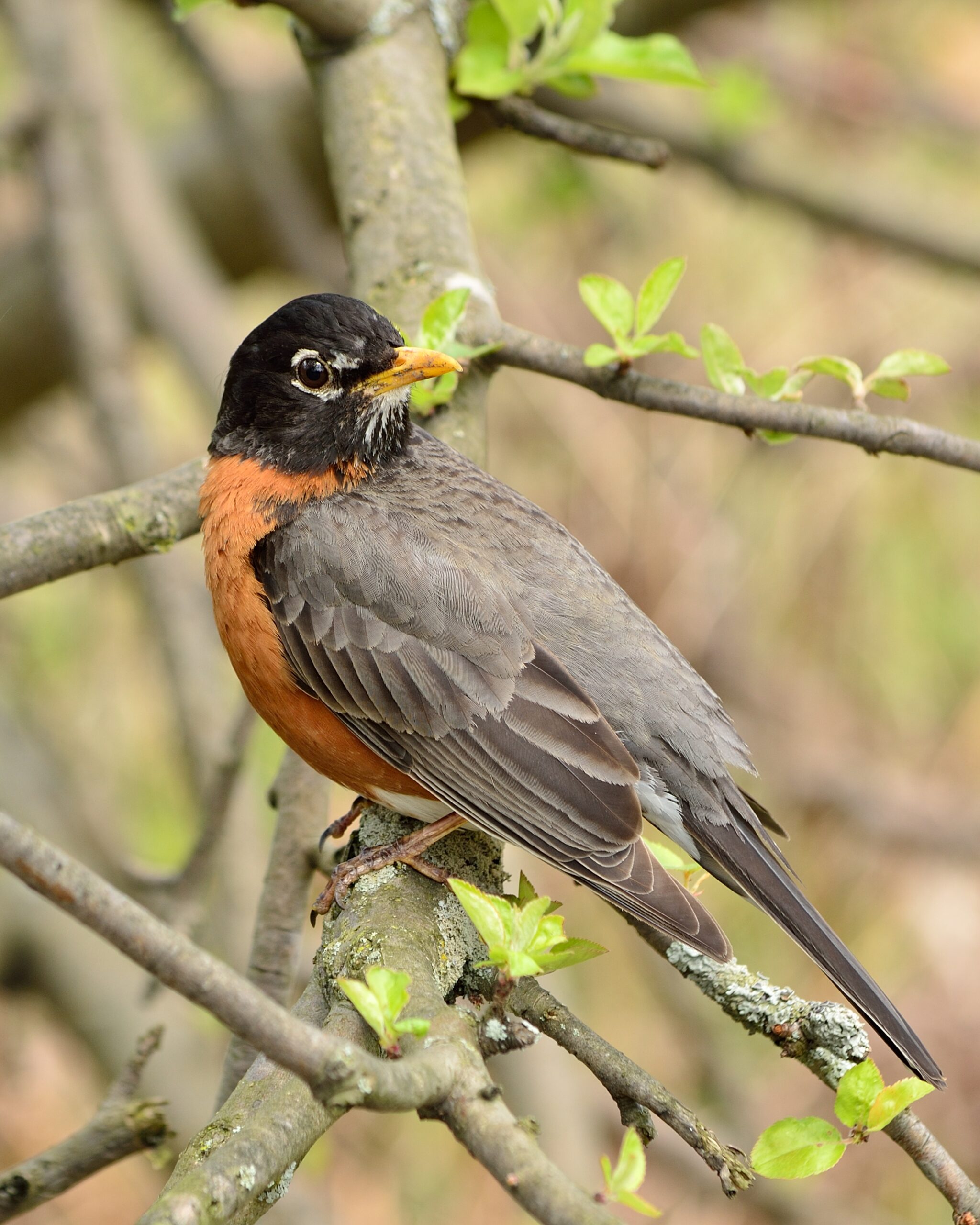 |
| 9.1 | Check Price |
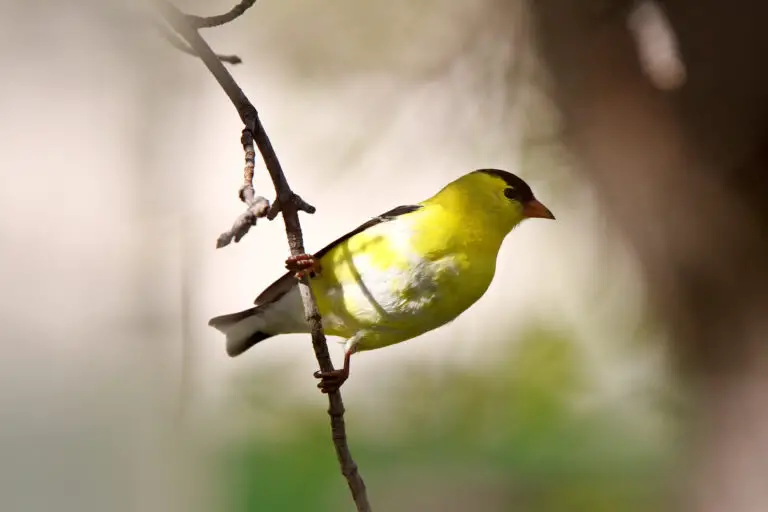 |
| 8.8 | Check Price |
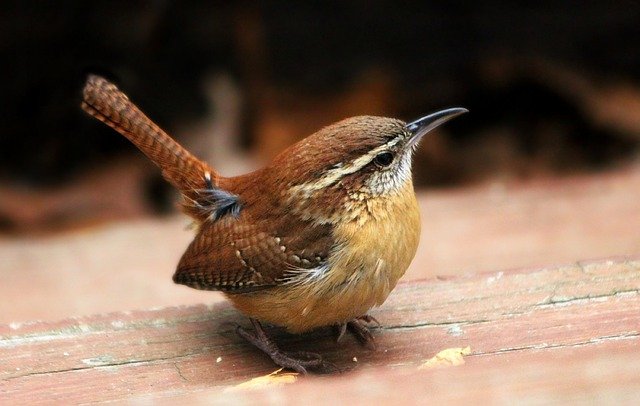 |
| 8.6 | Check Price |
 |
| 8.2 | Check Price |
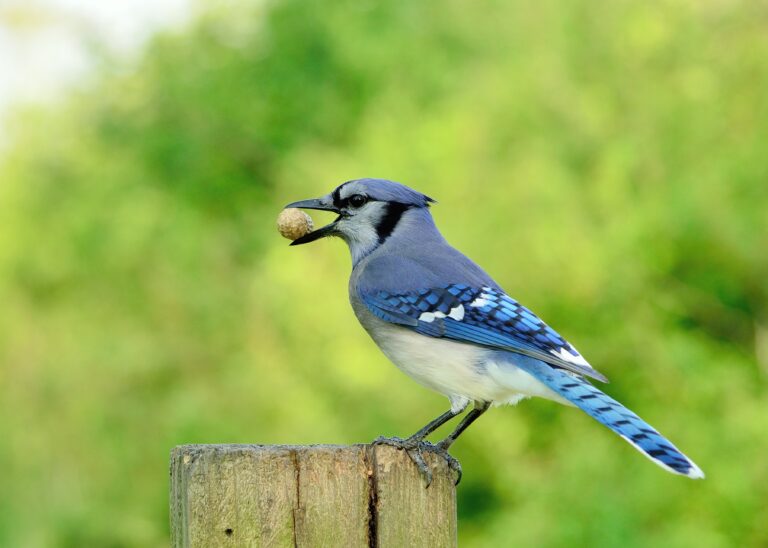 |
| 8 | Check Price |
 |
| 7.7 | Check Price |
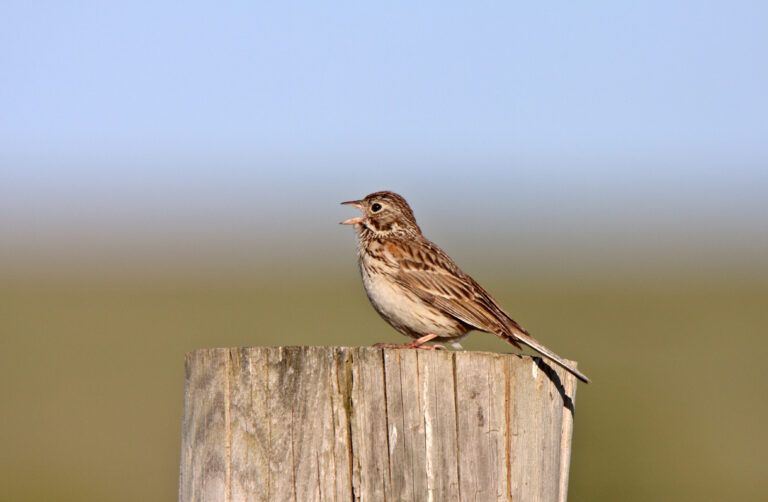 |
| 7.4 | Check Price |
If you don’t have the time to read the whole article, check out this video for a quick understanding.
Common Birds in New Jersey
1. Northern Cardinal

The male Northern Cardinal (Cardinalis cardinalis) has a bright red color with a touch of black color around its face.
The female Northern Cardinals can be identified easily too because of their brown color with red highlights and sharp crest of brown color, and their beaks are of red color too.
Northern Cardinals measure about 8.3 to 9.3 inches (21-23.5 cm) in length, with a wingspan of about 9.8 to 12.2 inches (25-31 cm).
The average weight of a Northern Cardinal is approximately 1.5 to 1.8 ounces (42-50 g).
Northern Cardinals can not understand their own reflection, so during the breeding season, they would attack their own reflection in order to protect their territory.
Sunflower seeds, peanut hearts, milo, and millets are their favorite, and if you put them in the bird feeders, you will see Northern Cardinal in your backyard often.
They are not very picky, so they will feed anywhere, whether it’s a platform feeder, scattered food on the floor, tube feeder, hoppers, etc.
Northern Cardinals are primarily seed-eaters, with a diet that consists of seeds, fruits, and insects.
Below are the characteristics of the Northern Cardinal,
| Scientific Name | Cardinalis cardinalis |
| Family Name | Cardinalidae |
| Length | 8.3-9.3 inches |
| Weight | 1.5-1.7 ounces |
| Wingspan | 9.8-12.2 inches |
| Habitat | Woodlands, gardens, and wetlands |
| Food | Seeds, fruits, insects, and spiders |
2. Mourning Dove
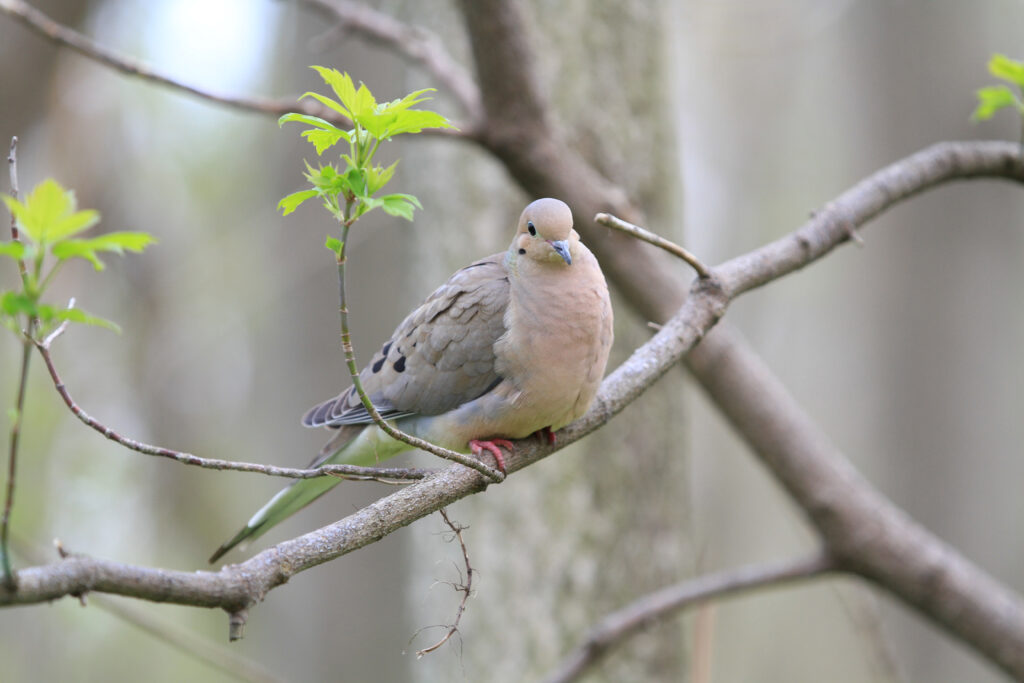
The Mourning Dove (Zenaida macroura) is the most elegant and graceful species of bird.
The Mourning Dove is a medium-sized bird with a slender body, small head, and long, pointed tail.
It has a pale brown or grayish-brown plumage, with black spots on the wings and a black crescent-shaped mark on the side of the neck.
The bird has a distinctive soft cooing call, which is often heard at dawn and dusk.
Mourning Doves measure about 9-12 inches (23-31 cm) in length, with a wingspan of about 17-19 inches (43-48 cm).
The average weight of a Mourning Dove is approximately 4-6 ounces (112-170 g).
They are commonly seen sitting on the telephone wires and in search of food on the floor.
If you wish to attract these mourning doves to your homes, then you can do this by dispersing the millets on the floor or putting them in the feeders.
You can also put seeds of sunflower, Nyjer, peanut hearts, and cracked corn as they are their favorite.
Below are the characteristics of the Mourning Dove,
| Scientific Name | Zenaida macroura |
| Family Name | Columbidae |
| Length | 9-13 inches |
| Weight | 4-6 ounces |
| Wingspan | 17-19 inches |
| Habitat | Fields, open woods, and suburban areas |
| Food | Seeds, grains, and insects |
3. American Robin

American Robins (Turdus migratorius) is very commonly seen on the grounds and on the lawns where they can find earthworms and feed on them.
They usually roost in the winter season among the trees, so you will be seeing them in spring in your backyards.
The American Robin is a medium-sized songbird with a plump body, a round head, and a long, thin tail.
The bird has a distinctive reddish-orange breast, blackish-gray wings, and a yellow bill.
The female has paler plumage and a duller bill than the male.
American Robins measure about 9-11 inches (23-28 cm) in length, with a wingspan of about 12-16 inches (30-41 cm).
The average weight of an American Robin is approximately 2.7-3 oz (77-85 g).
They like to feed on suet, seeds of sunflowers, fruits, and mealworms.
To feed them, you should opt for platform feeders or the usual scattering on the ground as it is the best.
Below are the characteristics of the American Robin,
| Scientific Name | Turdus migratorius |
| Family Name | Turdidae |
| Length | 9-11 inches |
| Weight | 2.7-3.3 ounces |
| Wingspan | 12-16 inches |
| Habitat | Woodlands, gardens, and suburban areas |
| Food | Earthworms, insects, and fruits |
4. American Goldfinch
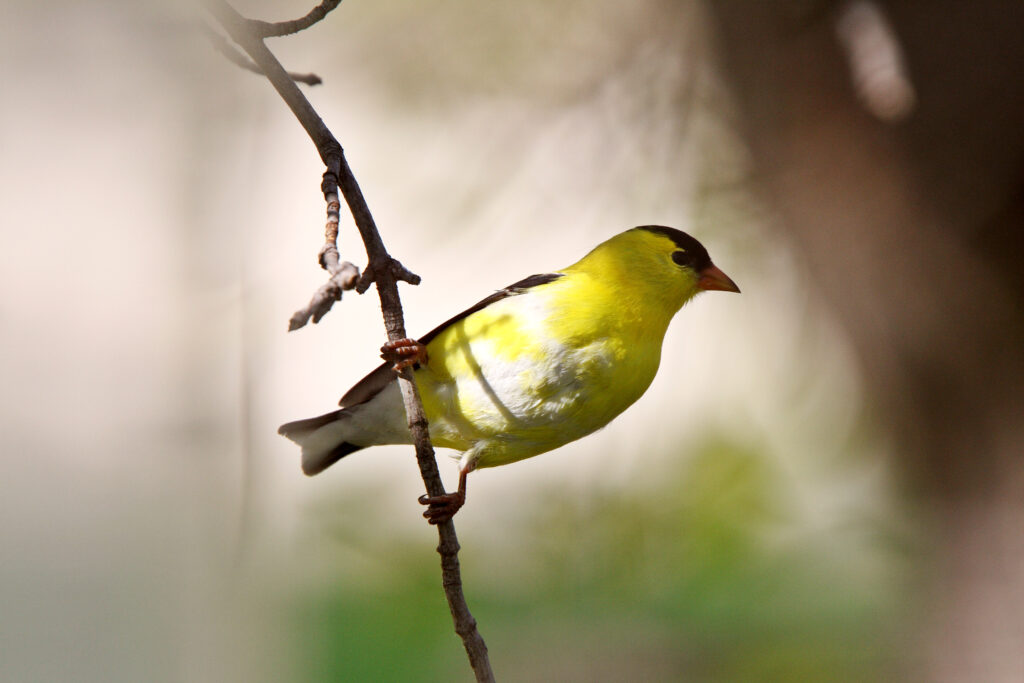
The American Goldfinch (Spinus tristis) is the most popular bird species with a bright yellow and black color identification in the spring season for males.
The American Goldfinch is a small, colorful bird with a conical bill and a pointed head.
The bird has a bright yellow body and black wings with white markings.
The male has a black forehead and a black cap, while the female has a more muted coloration.
During the winter months, both male and female goldfinches have duller plumage, with brownish-gray feathers.
American Goldfinches measure about 4.3-5.5 inches (11-14 cm) in length, with a wingspan of about 7.5-8.7 inches (19-22 cm).
The average weight of an American Goldfinch is approximately 0.4-0.7 oz (11-20 g).
Just as many males are dull brown, females are also of the same color in the winter season.
American Goldfinches are attracted to the thistles and milkweeds, so if these are planted in your homes or backyards of your homes, then you are more likely to have American goldfinches as your guests.
These feed on seeds of sunflower and also of Nyjer, so the feeders consisting of these will be most likely to have them as visitors.
Below are the characteristics of the American Goldfinch,
| Scientific Name | Spinus tristis |
| Family Name | Fringillidae |
| Length | 4.3-5 inches |
| Weight | 0.4-0.7 ounces |
| Wingspan | 7.5-8.7 inches |
| Habitat | Fields, meadows, and gardens |
| Food | Seeds, especially thistle and nyjer |
5. Carolina Wren

Carolina Wrens (Thryothorus ludovicianus) are the bird version of an introvert.
They are shy with a dark brown color on the top of their body and a light brown color at the bottom.
They have eyebrow stripes of white color and their voices sound like a teakettle song that is loud. Their tails are upright.
Carolina Wrens measure about 4.5-5.5 inches (11-14 cm) in length, with a wingspan of about 6-7 inches (15-18 cm).
The average weight of a Carolina Wren is approximately 0.6-0.7 oz (18-22 g).
They are most commonly seen around the woods or any place that has very thick vegetation.
They also visit the backyard bird feeders, so do not forget to put their favorite feed out there.
Their favorite feed includes peanut hearts, suet feeders, and sunflower seeds hulled in either tube feeders or platform feeders.
They are commonly seen in New Jersey.
Below are the characteristics of the Carolina Wren,
| Scientific Name | Thryothorus ludovicianus |
| Family Name | Troglodytidae |
| Length | 4.3-5 inches |
| Weight | 0.4-0.7 ounces |
| Wingspan | 7.5-8.7 inches |
| Habitat | Woodlands, brushy areas, and suburban gardens |
| Food | Insects, spiders, and small fruits |
6. American Crow

American Crow (Corvus brachyrhynchos) is just like the common grackle.
The American Crow is a large, all-black bird with a heavy bill and a squared tail.
The bird has glossy black feathers and a thick neck, with long legs and feet adapted for walking and hopping.
Male and female crows have similar plumage.
American Crows measure about 16-21 inches (41-53 cm) in length, with a wingspan of about 33-39 inches (84-99 cm).
The average weight of an American Crow is approximately 11-21 oz (316-594 g).
Their sounds are different than the other birds and make a hoarse, cawing sound.
These birds are commonly found in habitats including treetops, fields, woods, towns, and beaches.
They eat almost everything and their feed includes earthworms, insects, seeds, fruit, etc.
They like to eat on the ground. You can make them visit your yard or home by using any of this feed or by dispersing peanuts.
They are also sometimes considered a pest to many crops because it destroys them.
Grackles are bird species that are longer and thinner than blackbirds, and they are both very similar to one another.
Below are the characteristics of the American Crow,
| Scientific Name | Corvus brachyrhynchos |
| Family Name | Corvidae |
| Length | 16-21 inches |
| Weight | 11-21 ounces |
| Wingspan | 36-39 inches |
| Habitat | Woodlands, agricultural fields, and urban areas |
| Food | Omnivorous, eating insects, small mammals, carrion, and eggs |
7. Downy Woodpecker

Downy Woodpeckers (Picoides pubescens) are oftentimes confused with chickadees or nuthatches, or similar birds because of their similarities.
The Downy Woodpecker is a small, black, and white woodpecker with a short, chisel-shaped bill.
The bird has a black and white striped back, with a white belly and black wings and tail.
The male has a small red patch on the back of its head, while the female has a plain head.
Downy Woodpeckers measure about 5.5-7 inches (14-18 cm) in length, with a wingspan of about 9-12 inches (23-31 cm).
The average weight of a Downy Woodpecker is approximately 0.7-1 oz (20-28 g).
They love to feed on black sunflower seed oils, and they are attracted to suet feeders too.
On platform feeders, they enjoy peanuts or millet too.
They guard their houses strongly from various felines, birds, interlopers, etc.
They also love using a birdbath.
When the Downy woodpecker sings, They frequently blend the melodies of a lot of different birds.
Their short expressions are in remarkably ceaseless supply that they can rehash multiple times each.
Throughout the year, as the silence of the night progresses, you can hear these birds sing.
Below are the characteristics of the Downy Woodpecker,
| Scientific Name | Dryobates pubescens |
| Family Name | Picidae |
| Length | 5.5-6.7 inches |
| Weight | 0.7-1 ounce |
| Wingspan | 9.8-11.8 inches |
| Habitat | Woodlands, parks, and gardens |
| Food | Insects, especially wood-boring beetles and ants, and tree sap |
8. Blue Jay
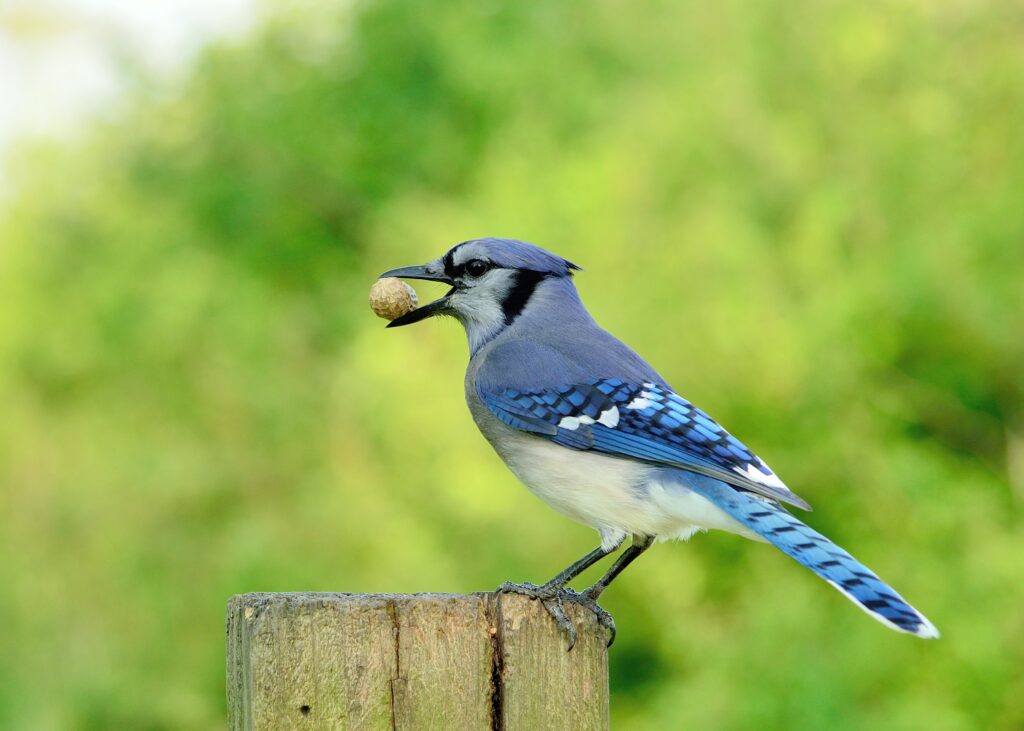
Blue Jay (Cyanocitta cristata) is a typical and notable bird in the eastern portion of the United States.
The Blue Jay is a large, colorful songbird with distinctive blue and white plumage.
The bird has a blue crest on its head, with a blue back, wings, and tail.
It has a white face and underparts, with black markings around its eyes and on its throat.
The wings and tail are barred with black and white.
Blue Jays measure about 9-12 inches (23-30 cm) in length, with a wingspan of about 13-17 inches (33-43 cm).
The average weight of a Blue Jay is approximately 2.5-3.5 oz (70-100 g).
Whenever accessible, these boisterous birds will be seen with a large group feeding on oak seeds.
Without a moment’s delay, Blue Jays swallow heaps of seeds or other food. Then they take off and hide food things in a secret store only they know about.
They are also very Bold and reckless. They may menace the other tiny birds.
They partake in a water basin and appreciate sunflower seeds, suet, and peanuts.
You will also see them incline towards these seeds, peanuts, and suet on plate or container feeders.
Below are the characteristics of the Blue Jay,
| Scientific Name | Cyanocitta cristata |
| Family Name | Corvidae |
| Length | 9-12 inches |
| Weight | 2.5-3.5 ounces |
| Wingspan | 13-17 inches |
| Habitat | Forests, woodlands, parks, and gardens |
| Food | Omnivorous, eating insects, nuts, seeds, and fruits |
9. Song Sparrow
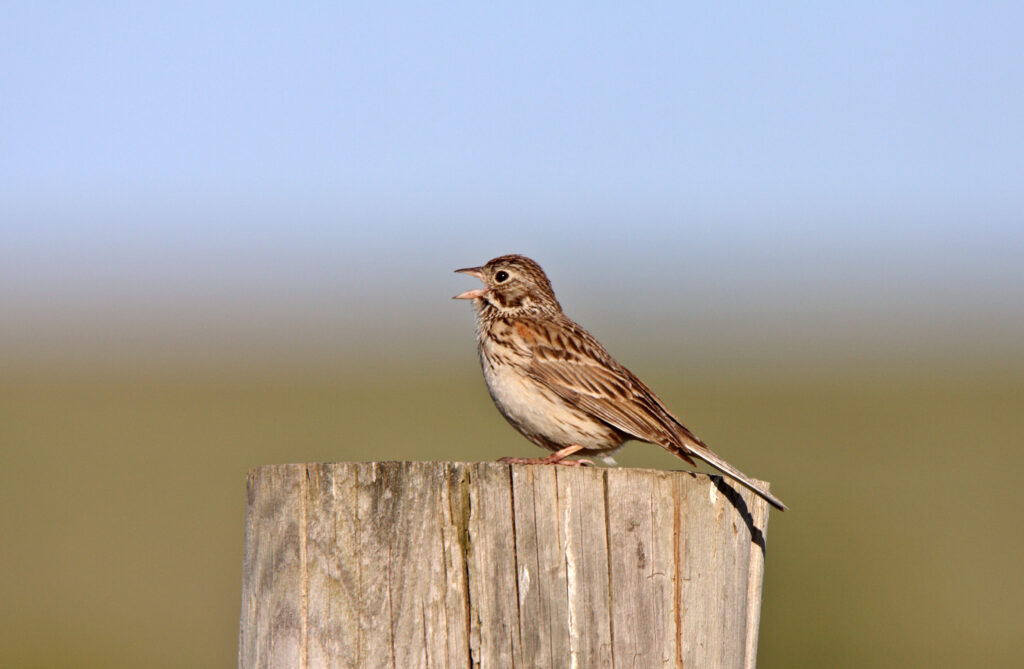
Song Sparrow is scientifically called Melospiza melodia.
The Song Sparrow is a small, brown bird with streaked plumage on its back, wings, and breast.
It has a plain face with a pale eye stripe and a round belly with a central spot.
The bird has a long, pointed tail and a conical bill.
Song Sparrows measure about 5.5-7 inches (14-18 cm) in length, with a wingspan of about 7-9 inches (18-23 cm).
The average weight of a Song Sparrow is approximately 0.5-1 oz (14-28 g).
These birds have transcendent brown streaks that are not as thrilling or surprising as the other lawn birds.
During the mating season, for the purpose of mating, they would use their consistent tune to draw in their mates.
Song Sparrows are found throughout much of North America, from Alaska to Mexico.
They are commonly found in open woodlands, fields, and along the edges of wetlands.
Song Sparrows are omnivores, with a diet that consists of insects, seeds, fruits, and small animals such as snails and worms.
Below are the characteristics of the Song Sparrow,
| Scientific Name | Melospiza melodia |
| Family Name | Passerellidae |
| Length | 5.5-7 inches |
| Weight | 0.4-1 ounce |
| Wingspan | 7.5-9 inches |
| Habitat | Fields, marshes, and woodlands near water |
| Food | Seeds, insects, and fruits |
Check out this article on Birds of Prey in New Jersey.
Conclusion
In conclusion, New Jersey is home to a diverse range of bird species.
Again, These are Common Birds in New Jersey:
- Northern Cardinal
- Mourning Dove
- American Robin
- American Goldfinch
- Carolina Wren
- American Crow
- Downy Woodpecker
- Blue Jay
- Song Sparrow
These birds can be easily identified by their unique physical characteristics and vocalizations.
They have adapted to various habitats throughout the state, including forests, suburban areas, and wetlands, and play important roles in local ecosystems.
By observing and appreciating these common birds, we can gain a greater appreciation for the natural beauty and biodiversity of New Jersey.
FAQ
What is the state bird of New Jersey?
The state bird of New Jersey is the Eastern Goldfinch. This bird is known for its bright yellow plumage and can be found in fields, meadows, and suburban areas throughout the state.
What time of year do migratory birds visit New Jersey?
Migratory birds visit New Jersey in the spring and fall as they travel between their breeding and wintering grounds. This is a great time for birdwatching, as many different species can be seen passing through the state.
Where is the best place to go birdwatching in New Jersey?
There are many great places to go birdwatching in New Jersey, including state parks, wildlife refuges, and nature reserves. Some popular spots include Cape May Point State Park, Great Swamp National Wildlife Refuge, and Duke Farms.
How can I attract more birds to my yard in New Jersey?
You can attract more birds to your yard in New Jersey by providing food, water, and shelter. Installing bird feeders, bird baths, and nesting boxes can all help to create a bird-friendly habitat in your backyard. It is also important to plant native plants and avoid the use of pesticides, which can harm birds and other wildlife.
Last Updated on March 22, 2023 by Lily Aldrin
